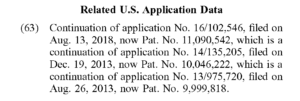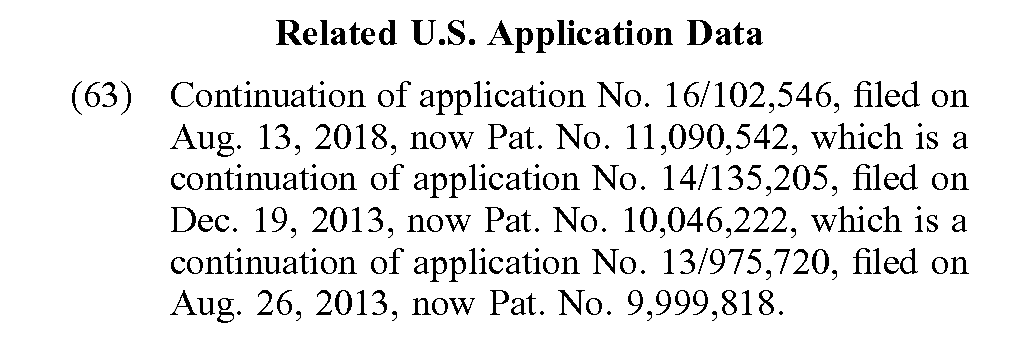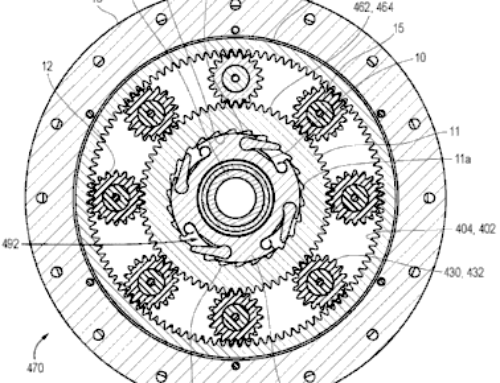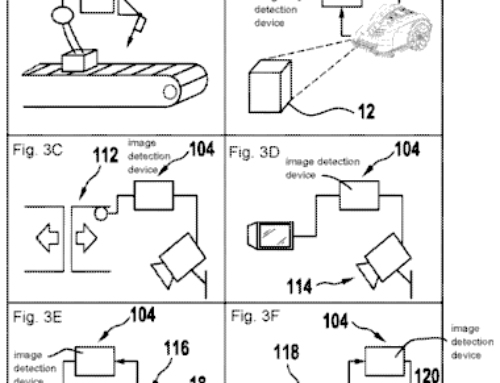
Continuation patent applications allow an applicant/inventor the opportunity to pursue new/additional claims for an existing patent application (a “parent” application). This can be valuable for many reasons:
- Strategic Flexibility: Continuation applications offer flexibility in the patenting process by allowing inventors to refine their claims, respond to changes in technology or market demands, or address any deficiencies identified during the examination of the parent patent.
- Delaying Competition: Filing continuation applications can delay the entry of competitors into the market by prolonging the patent examination process and maintaining the inventor’s exclusive rights to the invention.
- Defensive Strategy: They can serve as a defensive strategy against potential infringement claims or challenges to the validity of the original patent by providing additional claim coverage.
- Adapting to Market Changes: Continuation applications enable inventors to adapt their patent strategy to changes in technology, market trends, or competitive landscape. They can pursue new claims or variations that align better with evolving market demands or emerging technologies.
- Enhancing Patent Portfolio Value: These applications contribute to building a stronger and more comprehensive patent portfolio. By securing additional patents related to the original invention, inventors can increase the overall value of their intellectual property assets, making them more attractive for licensing, investment, or acquisition.
- Exploring Alternative Claims: Inventors may use continuation applications to explore alternative claim strategies or different aspects of their invention that were not fully addressed in the original application. This allows for a more thorough exploration of the patent landscape and potential avenues for protection.
An example of a continuation patent strategy are applications filed by Wahoo, the sports technology company. Wahoo, which makes physical products such smart-trainers (eg. computer-controlled stationary bicycle equipment) and computers for bicycles, and virtual cycling platform company Zwift, became involved in litigation in recent years. Zwift made a move out of cyberspace by introducing their own smart trainer. Wahoo had numerous patent applications relating to smart-trainers.
Wahoo filed numerous continuation patent applications relating to smart-trainers. There are numerous possible reasons for this, like seeking broader (or perhaps narrower) claims or claiming features seen on competitors that came after Wahoo’s patent applications. Or the wildcard: creating uncertainty for competitors as to what may be in the next continuation application – this requires exhausting legal analysis by a competitor, to speculate all the potential claims that could be made from a given patent application.
Of note is that in the end, Wahoo and Zwift reached an agreement, and litigation came to an end. It’s impossible for outsiders to know, but continuation patent applications may have acted as a long lever for Wahoo.



